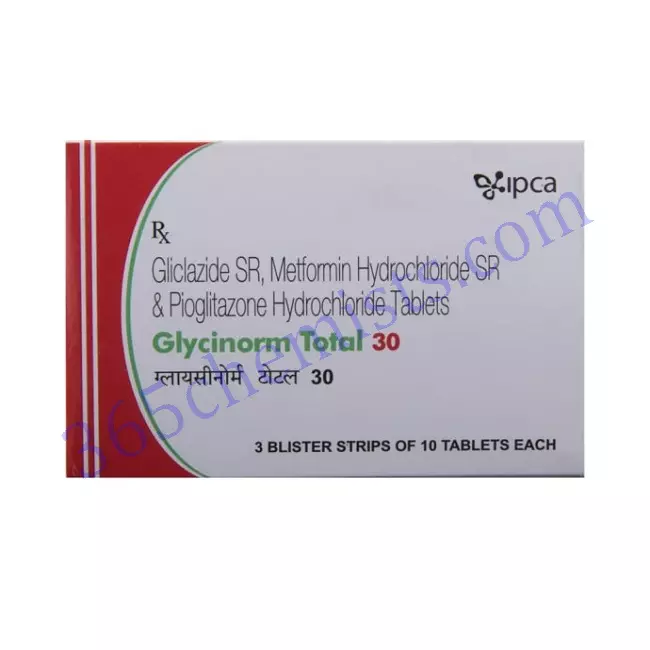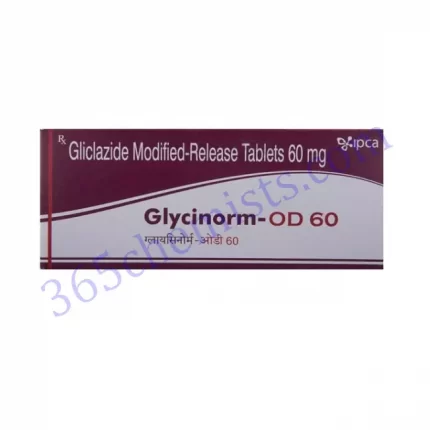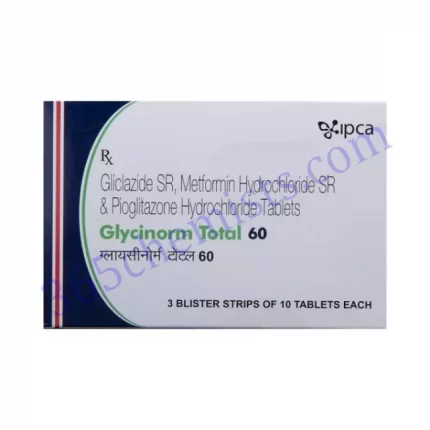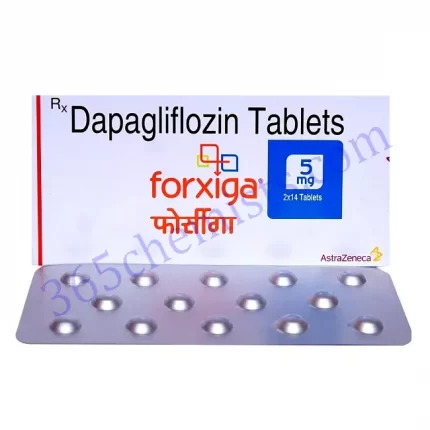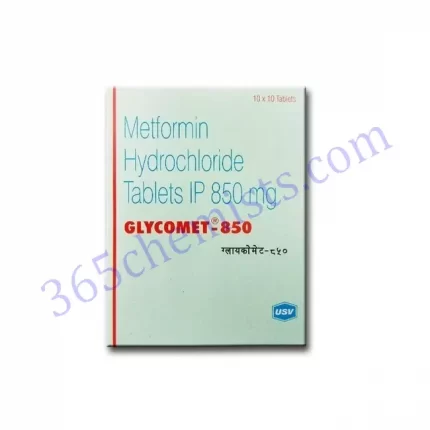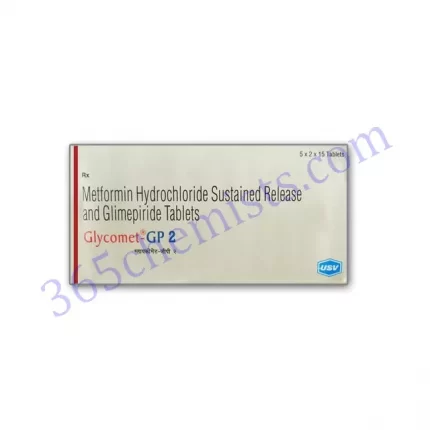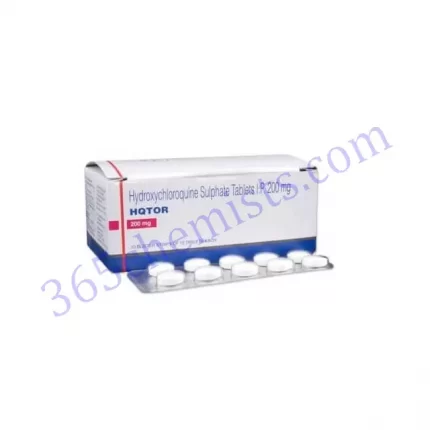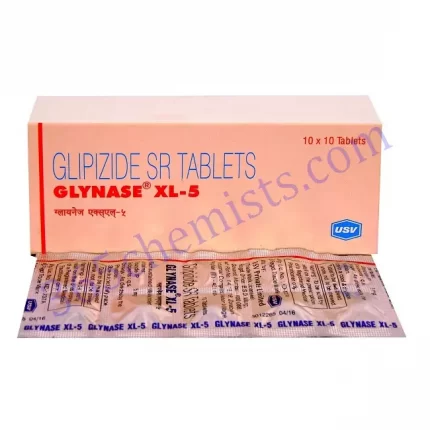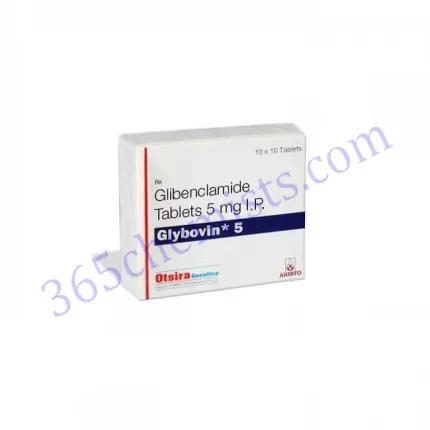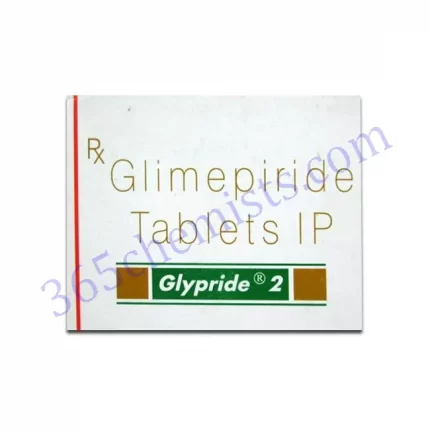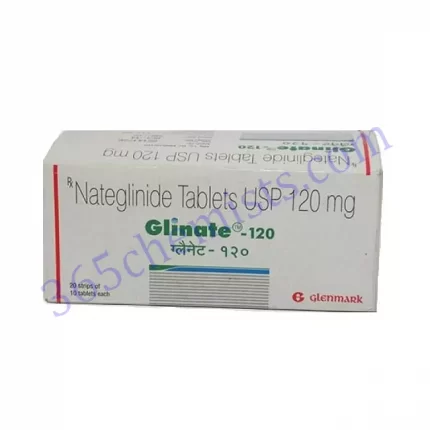Glycinorm Total 30 Tablet: A Comprehensive Overview of Gliclazide/Pioglitazone/Metformin Combination Medication
Metformin, gliclazide, and pioglitazone are the three bioactive components that are included in a single dose of the pharmaceutical preparation known as Glycinorm Total 30 Tablet. The use of this tablet, which provides an all-encompassing method for managing one’s blood sugar levels, is recommended for the management of diabetic complications associated with type 2 diabetes. The purpose of this article is to provide a comprehensive overview of Glycinorm Total 30, including the medication’s make-up, mechanism of action, therapeutic applications, dose, potential adverse effects, and safety considerations.
Composition
The following are the major components found in each Glycinorm Total 30 Tablet:
- Gliclazide: Gliclazide is an oral anti-diabetic drug categorised as a sulfonylurea derivative. It accomplishes this by activating the beta cells of the pancreas to produce more insulin, which in turn results in a decrease in the amount of glucose in the blood. Gliclazide also enhances peripheral utilisation of glucose, aiding in glycemic management.
- Pioglitazone is an anti-diabetic medication that is classified as a thiazolidinedione. Pioglitazone is also known as pio. It does this via increasing insulin sensitivity in peripheral tissues like muscle and adipose tissue, for example. Pioglitazone lowers the amount of glucose that is produced by the liver, which results in a drop in overall blood sugar levels.
- Metformin is a biguanide chemical that is commonly utilised in the management and treatment of type 2 diabetes. It does this mostly by suppressing gluconeogenesis and glycogenolysis, which results in decreased glucose synthesis in the liver. Metformin also improves glucose absorption by muscle cells and increases insulin sensitivity in peripheral tissues.
Mechanism of Action
In order to provide comprehensive glycemic control, the Glycinorm Total 30 Tablet combines the mechanisms of action of the diabetes medications gliclazide, pioglitazone, and metformin. Gliclazide works to reduce the risk of developing postprandial hyperglycemia by encouraging the release of insulin from the pancreas. This action is particularly pronounced in response to meal-related increases in glucose levels.
Pioglitazone primarily targets insulin resistance in peripheral organs. Peroxisome proliferator-activated receptor-gamma, also known as PPAR-gamma, is a nuclear receptor that plays a role in the regulation of glucose and lipid metabolism. This stimulates PPAR-gamma. Pioglitazone increases glucose absorption and utilisation in peripheral tissues. This effect is achieved by the drug’s ability to improve insulin sensitivity.
In addition to lowering the amount of glucose that is produced by the liver, metformin improves insulin sensitivity and encourages the glucose to be taken up by muscle cells. In Glycinorm Total 30, the synergistic effects of gliclazide, pioglitazone, and metformin provide comprehensive glycemic management by helping to moderate both fasting blood glucose levels and postprandial blood glucose levels.
Related Product
Glycinorm 40 Tablet
Glycinorm 80 Tablet
Glycinorm 160 Tablet
Glycinorm OD 30mg Tablet
Glycinorm OD 60mg Tablet
Glycinorm Total 30 Tablet
Glycinorm Total 60 Tablet
Glycinorm M 30 OD Tablet
Glycinorm M 60 OD Tablet
Glycinorm M 40 Tablet
Glycinorm M 80 Tablet
Therapeutic Uses
The treatment of diabetes mellitus type 2 is the primary purpose for which Glycinorm Total 30 Tablet should be utilised. When monotherapy with gliclazide, pioglitazone, or metformin alone is not sufficient to manage blood glucose levels in an appropriate manner, this medication may be recommended instead. An improved method of diabetes management and reaching optimal levels of glycemic control can be attained by the use of all three of these drugs together.
Dosage and Administration
A healthcare practitioner should establish the dosage of Glycinorm Total 30 Tablet based on individual patient parameters such as age, renal function, and overall health status. These factors should be taken into consideration when making this determination. It is of the utmost importance to strictly adhere to the dosage and administration instructions that have been provided. To lessen the likelihood of experiencing adverse effects on the digestive tract as a result of taking metformin, the tablet should normally be consumed orally once day in conjunction with a meal.
It is absolutely necessary to strictly stick to the dosage and administration regimen that was given in order to obtain the therapeutic results that were anticipated.
Potential Side Effects
Glycinorm Total 30 Tablet, like any other drug, has the potential to produce adverse reactions in certain people. The following are some of the most frequently reported adverse effects connected with this medication:
- Effects on the gastrointestinal tract could include feeling sick, throwing up, having diarrhoea, experiencing abdominal pain, and losing your appetite. These adverse effects are often moderate and short-lived, and they get better as treatment is maintained.
- Pioglitazone, which is one of the components of Glycinorm Total 30, has been linked to cases of fluid retention as well as peripheral edoema in some patients. It is critical to keep an eye out for any signs of swelling or weight gain and communicate such concerns to a medical practitioner as soon as possible.
- Gliclazide, which is a type of sulfonylurea, has been linked to isolated cases of hypoglycemia, also known as low blood sugar levels. There is a possibility that you will have symptoms such as sweating, dizziness, trembling, confusion, and blurred vision. Consuming a source of glucose that acts quickly in the body is an effective way to correct hypoglycemia as quickly as possible.
- Abnormalities of Liver Function: Pioglitazone has been linked to a few isolated incidents of liver function being rendered abnormal. During treatment with Glycinorm Total 30, it is advised that the patient have their liver function monitored on a regular basis.
Precautions
Prior to beginning therapy with Glycinorm Total 30 Tablet, it is imperative to take into consideration the following precautions:
- Because of the potential for allergic reactions, individuals who are already aware that they are hypersensitive to sulfonylureas, thiazolidinediones, metformin, or any of the other components of the pill should not take it.
- Pioglitazone, which is one of the components of Glycinorm Total 30, has been shown to increase the risk of adverse effects in people who already have heart failure. Before beginning treatment, it is critical to perform a thorough evaluation of the patient’s cardiovascular health and to be vigilant in the search for any indications or symptoms of heart failure.
- Patients who have liver or kidney problems should use Glycinorm Total 30 with extreme caution, as this medication can potentially exacerbate their condition. In the case of these individuals, dose changes might be required.
- Pioglitazone has been linked to an increased risk of developing bladder cancer in a number of research investigations. When considering the use of Glycinorm Total 30 in patients who have a family history of bladder cancer or who have other risk factors, it is essential to conduct a risk-benefit analysis.
Conclusion
Glycinorm Total 30 Tablet provides patients with type 2 diabetes mellitus with an all-encompassing method for the management of their condition by combining the therapeutic effects of gliclazide, pioglitazone, and metformin. This combination drug improves glycemic control by acting on a number of different mechanisms that contribute to the regulation of glucose and sensitivity to insulin. For the treatment to be effective, it is essential to take the given dosage, report any unwanted effects in a timely manner, and take any and all precautions that may be necessary. It is vital to consult a healthcare practitioner in order to assess whether or not Glycinorm Total 30 is appropriate for particular patients and to address any issues or questions pertaining to the medication’s application.

